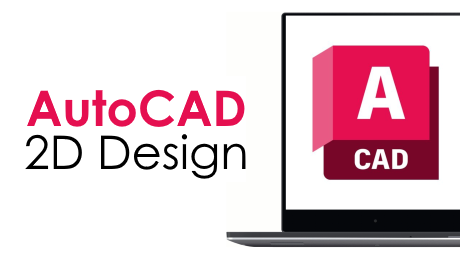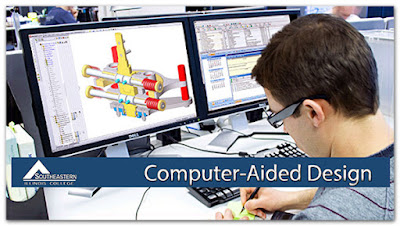


Not only primary lines of a character can be exaggerated, but also his personal traits, his behavior, condition, his motions, etc.ġ0) ARC: An arc is the visual path of action for natural movement. By means of exaggeration, we can achieve greater expression, precision, more dynamic poses, and motions. pushing a car (main action) and at the same time whisking off a fly from the nose (secondary action)ĩ) Exaggeration: It is adding more realism to the animation. would be when Goofy starts to run, but his head, ears, upper body, and clothes do not keep up with his legsĦ) Appeal: Appeal means creating something that the audience will want to see.ħ) Solid drawing: Solid drawing is all about making sure that animated forms feel like they're in three-dimensional space.Ĩ) Secondary action: An action that adds to and enriches the main action and adds more dimension to the scene. Size, volumes, and proportions are controlled better this way, as is the actionĪn assistant can be better used with this method so that the animator doesn't have to draw every drawing in a scene.ĥ) FOLLOW THROUGH AND OVERLAPPING ACTION: is when the character changes direction while his clothes or hair continues forward. PPA: is more planned out and charted with key drawings done at intervals throughout the scene. SSA: Animator draws or sets up objects one frame at a This can be achieved by the framing of the camera, the positioning of the character, the flow lines of the character's line of actions, and also movementsĤ) STRAIGHT AHEAD ACTION SAA AND POSE TO POSE ANIMATION PPA: The objective of staging is to lead the viewer's eye to where the action will occur so that they do not miss anything. Anticipation is used to lead the viewer's eye and prepare them for what will happenģ) Staging: This is presenting an action or idea so that it is easily understood. A backward motion occurs before the forward action is executed. It is used in all forms of character animation from a bouncing ball to the bodyweight of a person walking.Ģ) Anticipation: This movement prepares the audience for a major action the character is about to perform, such as, starting to run, jump, or change expression. Is also useful in animating dialogue and doing facial expressions.

helps to define the rigidity and mass of an object byĭistorting its shape during an action + adding realism They're a type of animation used mostly in businessĥ) Stop motion: is an animation that is captured one frame at time, with physical objects that are moved between frames.ġ) Squash and stretch: This action gives the illusion of weight and volume to a character as it moves.
#Computer aided design animation software#
They do this for each frame, and the computer calculates the motion from each frame.Ĥ) Motion graphics: This visual effect technique involves moving graphic elements such as text or logos, mostly using software such as After Effects. They set their digital frames when all of the parts of the character are in the right position. Animators can change color or frame rate makingģ) 3D animation: In 3D animation, the animator uses a program to move the character's body parts around. To show some kind of movement by using Adobe Flash. So get started to experience this excitement of creating your own designs now whether it be for continuing education or as a hobby.1) Traditional animation: Sometimes called cel animation, is whereby animators drawing by hand for each and every frame, creating theĭrawings one by one on the frame and then animating it manually.Ģ) 2D animation: This is whereby the animators will draw the characters by hand and then animating them

This course allows you to get hands-on experience on different design tools so that the various outputs can be combined in a systematic way. It will also introduce the virtual reality (VR) and augmented reality (AR) applications. The course focuses on creating 3D objects using a computer-aided design package, creating real life physical simulations and then combining the two techniques to create rendered animations. In this course, you will learn the fundamental concepts of a wide variety of digital design technology and you will have the opportunity to create your own digital designs and animate them as well. With the availability of high computing power, designers are able to quickly create designs in digital space prior to actual deployment. Digital Design is about designing in digital space so that the created contents can be displayed and seen on a digital device.


 0 kommentar(er)
0 kommentar(er)
